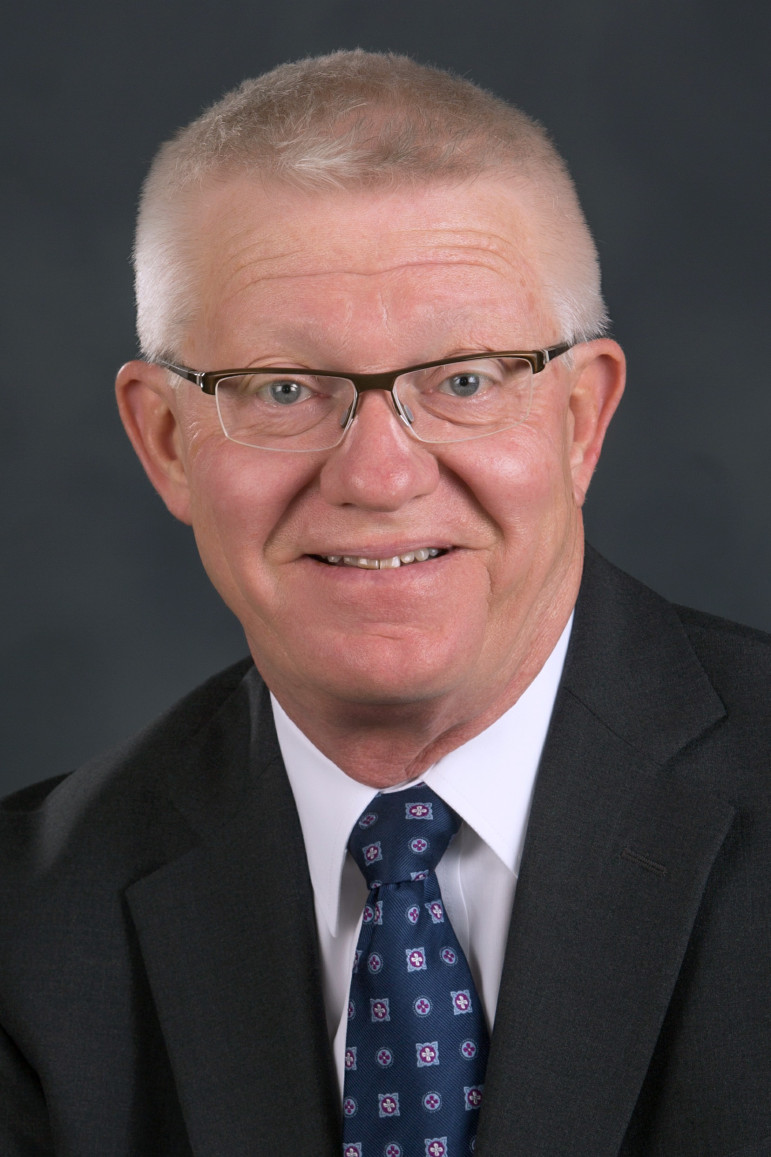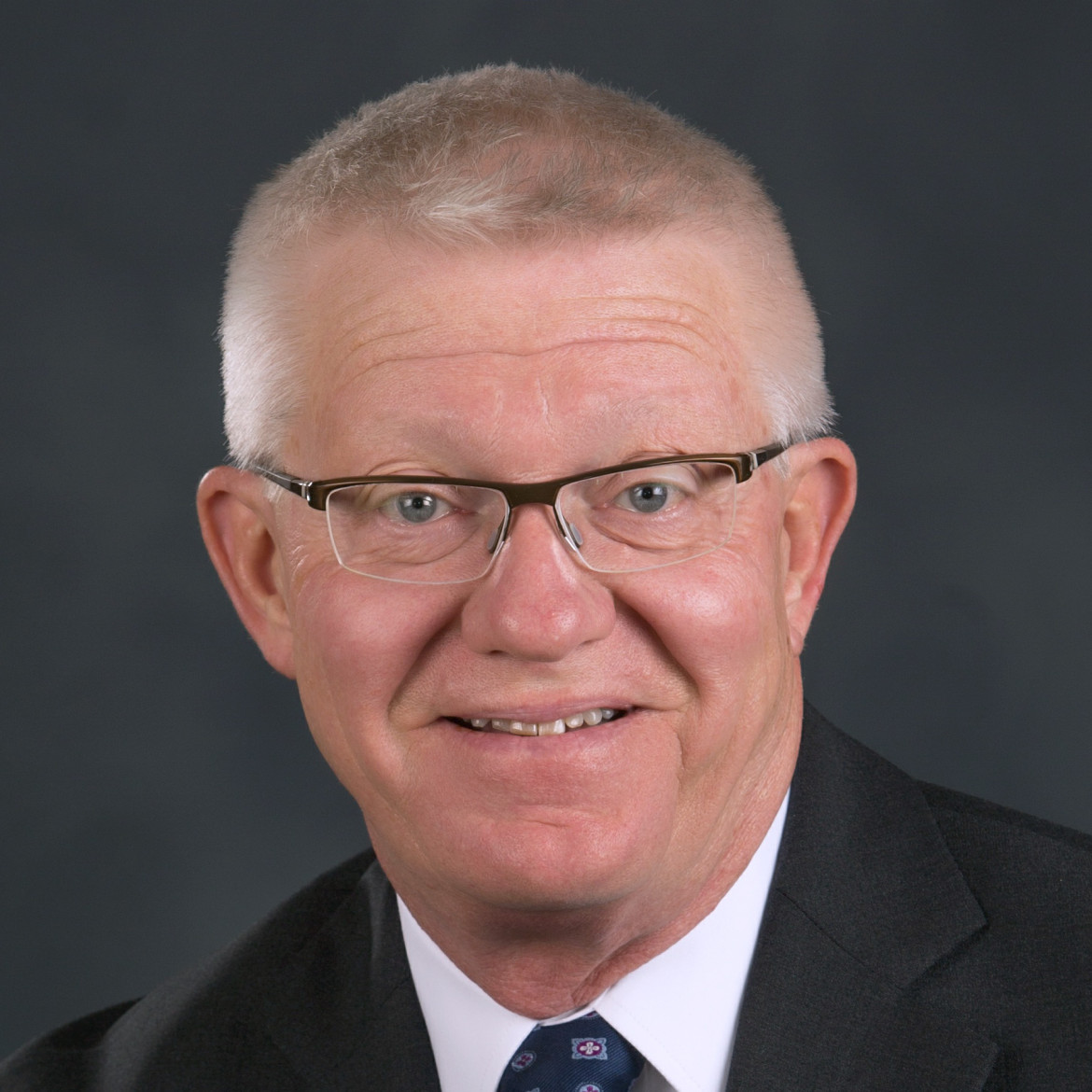 Two decades ago, the Annie E. Casey Foundation began to pilot the Juvenile Detention Alternative Initiative (JDAI) and put America on course to change the way communities respond to youngsters in trouble.
Two decades ago, the Annie E. Casey Foundation began to pilot the Juvenile Detention Alternative Initiative (JDAI) and put America on course to change the way communities respond to youngsters in trouble.
As with most change, it has been a difficult journey with some course corrections along the way, but it has helped reduce the number of children locked in jail cells and better informed a national debate about what needs to be done to keep them out of jails and prisons.
At the conclusion of JDAI’s recent annual conference, I became convinced that not only are juvenile justice systems undergoing positive changes nationwide, so is JDAI. The JDAI core strategies and principles remain but were showcased in new ways, and some new themes were evident.
Closing youth prisons. The goal of reducing confinement in locked facilities has begun to evolve into the once unthinkable dream that we can have a society that does not lock up any children. A rapt audience viewed the video of the TedX speech by Patrick McCarthy, president and CEO of the Annie E. Casey Foundation. In clear and convincing terms, he laid out the case for closing youth prisons: Incarceration is traumatizing; education is not provided in most juvenile lock-ups except by other inmates; solitary confinement is neither humane nor developmentally effective; and victimization is rampant. The goal is now plainly stated and ripe for real debate.
 More collaboration. Involving the court and probation as detention alternatives is not enough. Probation must evolve to be an intervention rather than just a surveillance plan. Probation and the court must collaborate with each other and the community of families and service providers in order to keep kids at home with appropriate treatment in order to close prisons. Simple to say but hard to imagine how — except that JDAI has already shown the way in hundreds of sites across America.
More collaboration. Involving the court and probation as detention alternatives is not enough. Probation must evolve to be an intervention rather than just a surveillance plan. Probation and the court must collaborate with each other and the community of families and service providers in order to keep kids at home with appropriate treatment in order to close prisons. Simple to say but hard to imagine how — except that JDAI has already shown the way in hundreds of sites across America.
[Related: House Committee Hears Strong Calls for JJDPA Reauthorization]
More than numbers in racial/ethnic disparities. It is time to move beyond the counting of the number of black and brown youth in our system and in our prisons. More system players must be brought into conversations about race, and that includes engaging police. Examples from around the country illustrate that these conversations can have a meaningful effect on what local communities can do to limit the number of kids coming into the system. Illinois has piloted “Bridging the Divide,” a YMCA project to create safe conversations between youth of color and police. Other projects are finding success in Indiana, New Mexico and New Jersey. This diversity of environments demonstrates that we can talk about race anywhere in our country.
Measuring outcomes. Some communities have begun to measure outcomes for kids rather than outputs from probation and service providers. More need to make use of measurement tools to create systems that provide public safety for fewer taxpayer dollars.
Family engagement redefined. Too many approached family engagement as involving part of the problem, but there is beginning to be a better understanding that families can be a major part of the solution. And the definition of family must include some nontraditional persons such as aunts, cousins, in-laws or just friends who are willing to step up for a kid.
Restorative justice in the mix. JDAI actors have begun to make greater use of Restorative justice to divert children from incarceration. These practices can benefit all stakeholders, including system participants whose caseloads can be reduced by relying on community collaborators.
The topics described above are not simply systems change — it is starting to sound like a systems revolution — one that creates public safety, better outcomes for kids and fiscal responsibility in the justice system.
Judge George W. Timberlake, Ret., is chair of the Illinois Juvenile Justice Commission, and an alternate member of Federal Advisory Committee on Juvenile Justice. He was a trial court judge for 23 years before retiring as chief judge of Illinois' 2nd Circuit. He is a member of the Illinois Models for Change Coordinating Council, the Illinois Juvenile Justice Leadership Council, the Redeploy Illinois Oversight Board and the board of the state Juvenile Justice Initiative.
More related articles:
Report: Supreme Court Opinions Changing Juvenile Justice Landscape Beyond JLWOP
OP-ED: One Case Makes the Case for Community Based Service
Summit to Bring Together Juvenile Justice Pros, Youthful Advocates

All of the ideas here are important, but the one that strikes me the most is the need to move beyond disparity reduction to a real commitment to equity – while eliminating disparities may result from racial ethnic disparity (RED) changes and strategies, there is something about needing to think beyond that – it goes beyond numbers; it goes beyond ratios or formulas; it really means committing to fundamental values around equity that makes it OK to talk about implicit bias, institutional bias, white privilege – and other things that come up in RED work.